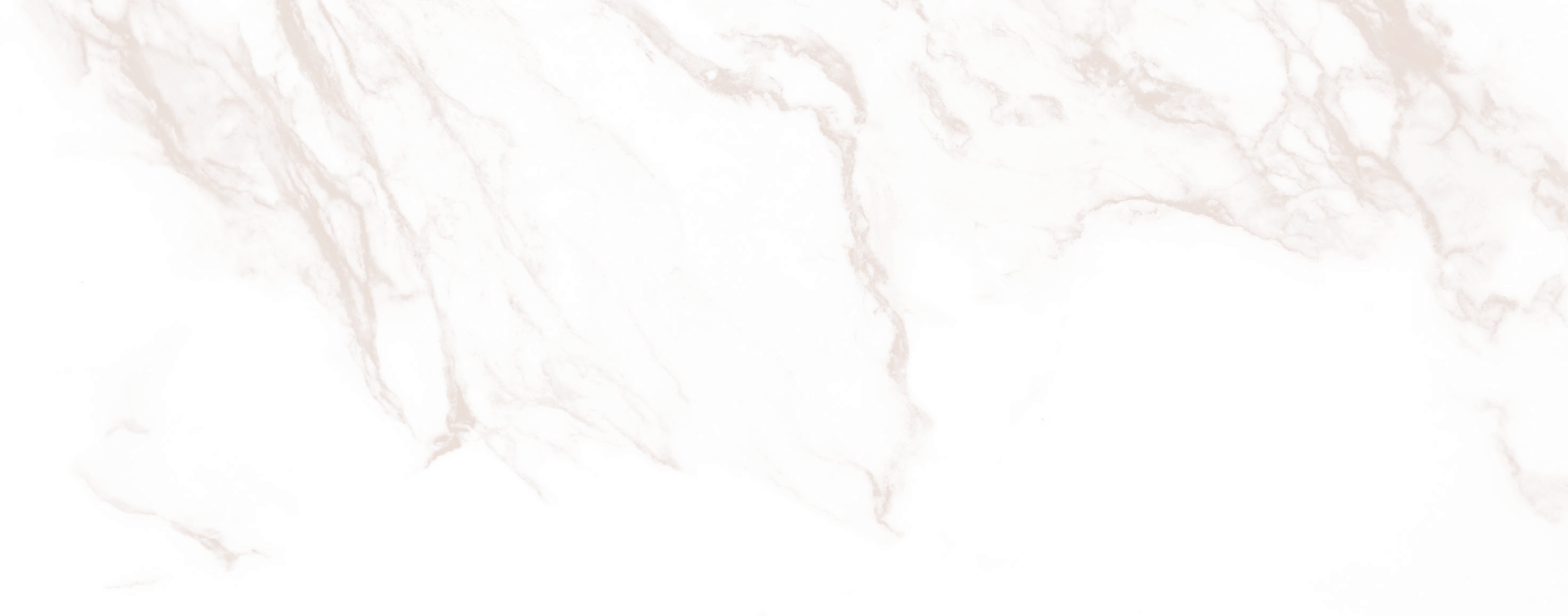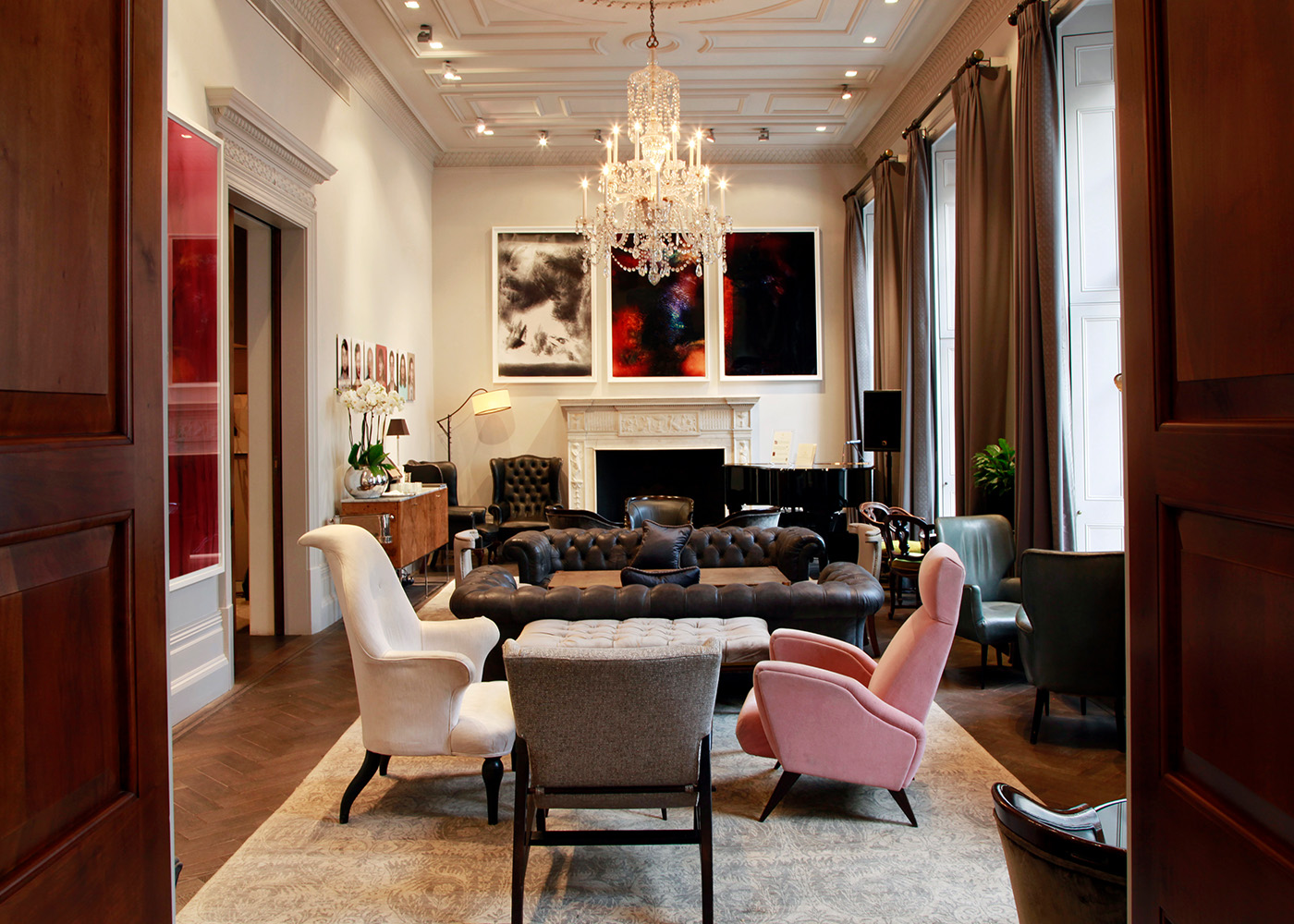
The Not Photography Show explores the works of artists who, in different ways, upend photography’s perceived role as an objective recorder of that which is in front of the camera, and for whom the act of taking pictures is either absent or largely irrelevant. Since its invention in the 19th century, both the perception and role of photography have been radically transformed, and perhaps never more so than in recent years with the arrival of digital photography, smartphones and e-communication that have made both the taking of pictures and their transmittal exponentially easier. By contrast, the artists in our show use the various materials of photography – including Polaroid, found images, digital and darkroom techniques – in innovative ways, creating conceptually and aesthetically unique works.
Several artists in the exhibition draw from the camera-less processes discovered by early twentieth-century artists László Moholy-Nagy and Man Ray, who produced unique, black-and-white prints by placing objects on photosensitive paper and then exposing them to light. Using new and old means and methods, including folding, ripping, dripping chemicals and using fibre-optic lights in the darkroom, artists such as Wolfgang Tillmans, Markus Amm and Mariah Robertson defy photography’s use as a means of depicting something else in favor of exploring the physical attributes of its materials, as such blurring its boundaries with painting and sculpture. Also represented are works by artist Eileen Quinlan, who has taken pictures but in which the subjects are abstract colour, shape, light and atmosphere, rather than conveying any clear-cut narrative.
Aspects of the natural world – plants, smoke and sunlight – have also been employed as implements of art. Raphael Hefti’s abstract works are made by gently burning spores from the plant Lycopodium, which has explosive properties, in the dark room, capturing mini-combustions of light on the paper. Lisa Oppenheim uses sunlight, moonlight and smoke in long exposures to create silvery, ghostly prints that, in certain works, obfuscate existing vintage images of themselves.
Other artists included in the exhibition take issue with the assumed veracity of the photographic image, drawing on its subjectivity, interpretation, physical interference and all-too-easy manipulation. Aneta Grzeszykowska’s portraits appear to depict ordinary people of different age and gender, a variation on a well-known portrait series by artist Thomas Ruff. In fact these people do not exist and have never existed. The artist has amalgamated and brought them to life using Photoshop. Surprisingly, real emotions – such as sympathy and a desire to know more – anyway come into play between subject and viewer, the viewer often attempting to fill the empty biographies with some fictional content. Maurizio Anzeri works with real antique photo-portraits, their subjects often idealised by the soft-focus techniques used in the 1940s and 1950s, and embroiders over them in richly coloured threads. The effect is highly surrealist, but one also gets the bizarre feeling that something of the real character of the sitter may have been revealed by Anzeri’s wild and sculptural embellishments. Whether directly or subtly, the artists in ‘The Not Photography Show’ force us to reconsider both the physical and conceptual meaning of the photographic medium today.



